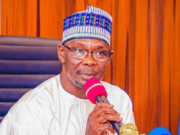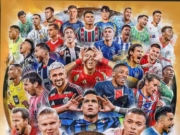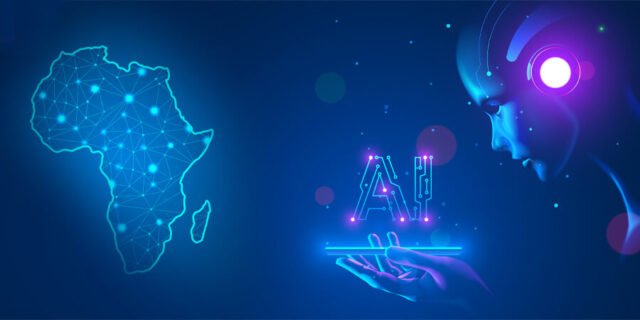Nigeria, you and I—we’re witnessing an exciting tech wave sweep the continent. Generative AI in Africa is no longer a far-off vision; it has come home. From bustling Lagos studios to rural Kenyan farms, creators and entrepreneurs are harnessing this powerful technology to breathe life into ideas that once seemed impossible.
So, let’s journey together into how Generative AI in Africa is transforming creativity, powering enterprise, and rewriting what’s possible for this continent.
Table of Contents
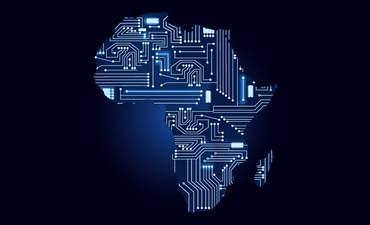
The Promise of a Leapfrog Moment
Africa has a storied history of leapfrogging outdated technology—remember how mobile phones bypassed landlines? Generative AI in Africa is offering a similar chance to vault past legacy systems. According to Absa Group, developers using generative AI experienced productivity boosts up to 40 percent, making previously labour-intensive tasks swift and seamless. This digital leap is not just smart—it’s transformative.
Real-World Applications Pushing Boundaries
McKinsey’s May 2025 report estimates that Generative AI in Africa could unlock US$61–103 billion annually across sectors like retail, telecoms, banking, mining, education, and more. From translating underrepresented languages and helping students in Kenya, to empowering chatbots in Nigeria’s telecoms—this isn’t future talk; it’s business in motion.
Let’s bring it closer to home:
- In Kenya, universities and startups are tailoring AI for classrooms and agriculture.
- In Nigeria, telcos are scaling chatbots as digital assistants—making customer service personal, 24/7, and intuitive.
- South Africa hosts a startup deploying GPT-4-based tools that help SMEs understand finances via simple dashboards.
Localised Innovation—Not Just Imitation
One of the powerful shifts is how Generative AI in Africa isn’t just copying Western models—it’s rooted in local realities. Indie startups focus on chatbots in African languages, tailored to farmers, students, or creative entrepreneurs.
Nigerian-born CDIAL is pushing boundaries too—it created Indigenius, allowing folks to communicate in some 180 African languages via mobile keyboards and AI translations. That’s inclusivity in action.
Stories That Inspire
Creators are at the fore:
- Minne Atairu, a Nigerian interdisciplinary artist, uses generative AI to reimagine Benin Bronzes into digital and physical art forms, blending culture with code in a stunning, respectful way.
- Malik Afegbua, another creative technologist, went viral for ‘The Elder Series’—an AI-generated fashion show starring stylish seniors, challenging stereotypes and celebrating age with flair.
These stories show Generative AI in Africa as more than tech—it’s a tool for narrative, identity, and culture revival.
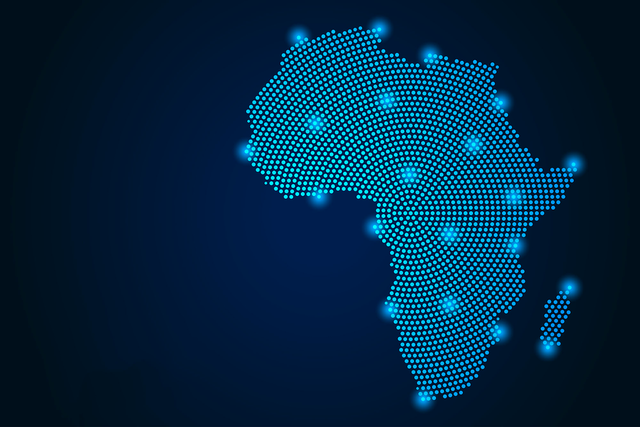
Bridging the Gaps: Support, Language, Talent, Infrastructure
But let’s be real—despite enthusiasm and innovation, pockets of resistance remain.
a) Language & Data
Only 0.02% of online content is in African languages, making it challenging to train AI models effectively. This limitation underlines the need for localised datasets.
b) Compute & Energy
Generative AI is compute-hungry—yet GPUs are disproportionately expensive (up to 30× more relative to income in some places), and power supply remains unstable.
c) Skills & Talent
Africa faces a shortage of AI specialists, compounded by brain drain—making it harder for startups to sustain model development and deployment.
Strategic Support & Partnerships
Thankfully, support is growing:
- The EU has launched a €5 million call for proposals centred on using Generative AI in Africa to advance agriculture, healthcare, infrastructure, and education, prioritizing women, rural communities, and local startups.
- Google.org’s Accelerator: Generative AI is working with nonprofits in Sub-Saharan Africa, funding and equipping organisations tackling issues like mental health, crisis response, and antimicrobial resistance.
- Orange, the telecoms giant, has teamed up with OpenAI to fine-tune models for African languages, offering them freely to public institutions to help close the digital gap.
Voices of the Creators & Users
Across Africa, Gen Z and millennials are adopting Generative AI in Africa with a healthy mix of excitement and caution. Kenyan content creators like Grace Mwangi use AI for video edits and scripts; operators use AI as a social companion—but balance is key: as one says, “AI will never replace the human touch.”
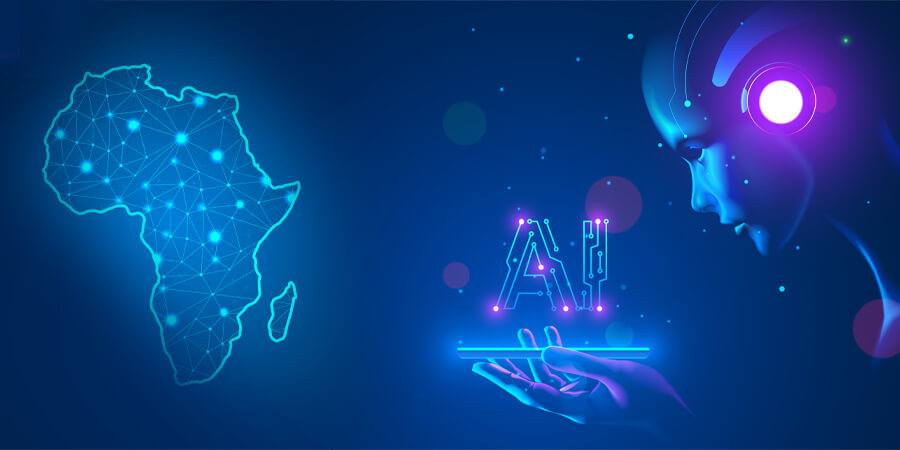
Why It Matters—A Personal Reflection
I feel it. Generative AI in Africa is redefining narratives. For every artist, teacher, farmer, or student empowered by it, it signals possibility—not passivity. It’s about shaping tools for our realities, not adopting one-size-fits-all solutions.
At its best, Generative AI in Africa is about closing divides—economic, linguistic, educational—and forging pride in how we solve our problems, with our voices.
Conclusion
Generative AI in Africa is not just a headline—it’s a movement. It’s the artist rewriting culture, the entrepreneur optimising harvests, the student reshaping learning. While challenges linger—infrastructure, equity, language, talent—the momentum is real.
This is not about being behind—it’s about leapfrogging, leading, and localising. And with partnerships, policies, passion, and perseverance, Generative AI in Africa will become a cornerstone of a vibrant, digital future.
Join Our Social Media Channels:
WhatsApp: NaijaEyes
Facebook: NaijaEyes
Twitter: NaijaEyes
Instagram: NaijaEyes
TikTok: NaijaEyes






